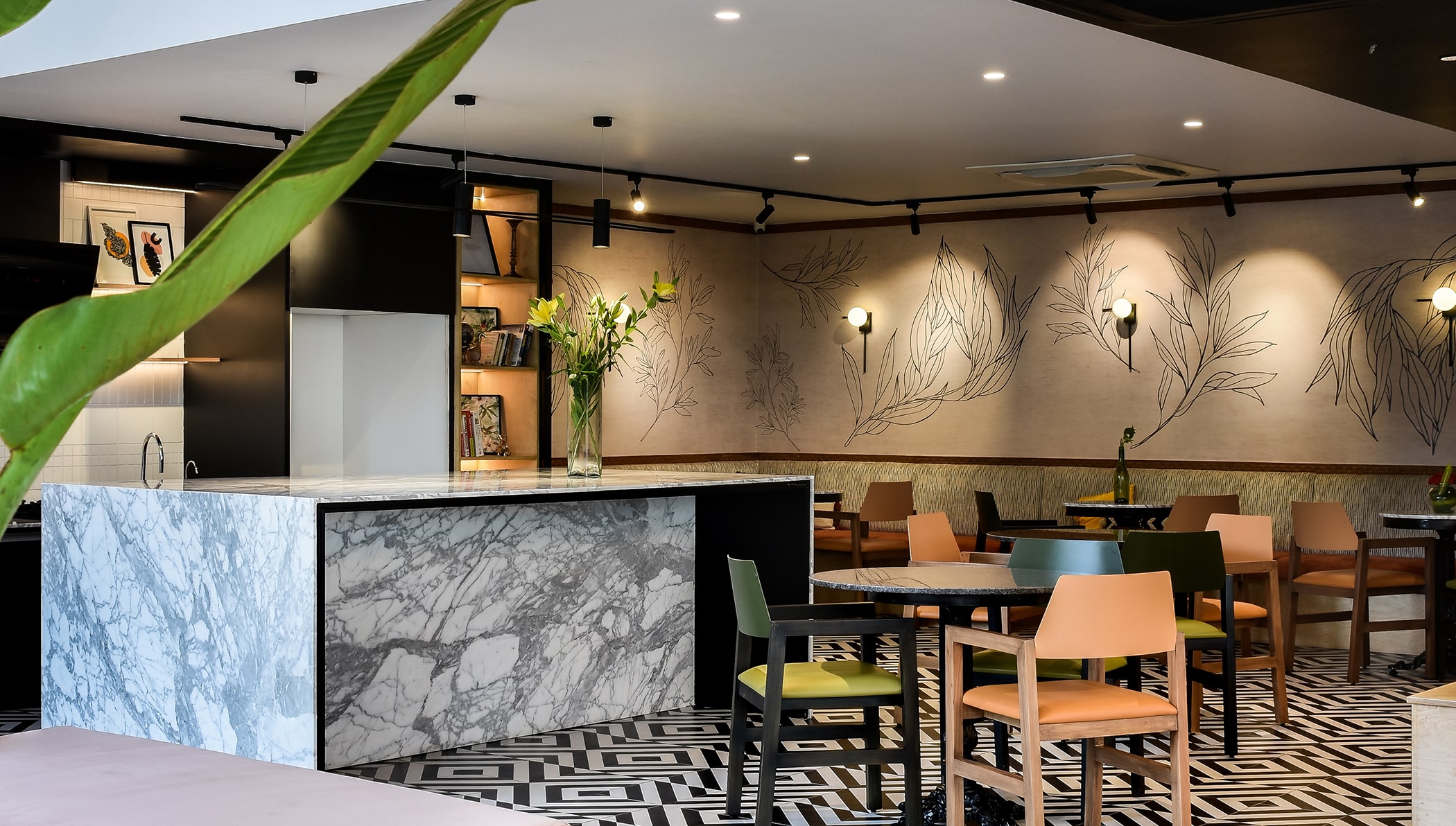The Advantages Of Co-Working Spaces At Present & The Rapidly Increasing Phenomenon Of Co-Living

The Advantages Of Co-Working Spaces At Present & The Rapidly Increasing Phenomenon Of Co-Living
When more businesses accept flexible work solutions, co-working spaces allow them to fill a specific gap.
They look like an office without the rigidity of one thing.
Co-working Spaces provides social activities, networking opportunities and general human contact rather than the loneliness of operating exclusively from home.
There’s so much to love about co-working Spaces.
But why is co-working space important? What effect will it have as the workforce continues to develop?
Co-working is not all about accommodating remote employees.
It is essential to commercial real estate because it helps all businesses and their workers equally. Co-working Spaces takes the most critical and costly place the expense to the workplace and turns it into service.
The space-as-a-service model unburdens balance sheets and provides versatility for the workforce.
Outside of cloud computing technology, co-working Spacesis the most significant force in the next evolution of how, when, and where we work.
If there’s one trait prided on the workforce today, it’s adaptability.
Being versatile in how, when and where work is performed, without
sacrificing the quality and effectiveness of the work is invaluable to businesses.
The explanation behind the increasing importance of co-working has to do with its balance of advantages vs disadvantages.
Co-working Spaces room pros and cons are straightforward and relatively proportionate, but the value of benefits greatly outweighs any disadvantages.
If the decline of the conventional workplace creates more enhanced remote-jobs, benefits will rise:
Benefits:
Enables workers to function remotely in a professional environment.
Unlike a more massive contract, it can prove more cost-effective for companies.
Improves mobile employees’ networking opportunities.
Zero repairs involved in the maintenance of facilities.
Pay-as-you-go and membership models give professionals versatility.
Different kinds of space, from individual workstations to group spaces.
Accommodates almost all working hours.
Drawbacks:
Many co-working drawbacks revolve around the openness of the room.
Diverse individuals who work in an equally diverse space imply distractions. Also, there is a general absence of hierarchy and order for both businesses and employees, which takes some getting used to.
The good news is that to overcome many of the downsides of co-working requires new habits and familiarity.
Lack of permanence for conventional workers and devoted personal space
It can be challenging to deal with a lack of privacy and noise and distractions.
Potential for conflicts of personality between random people
Cost prohibitive for businesses with rapidly increasing needs for space
Issues that arise from decentralised staff and lack of direct supervision
Desk availability (even with reservations) is not always assured.
If there’s one trait prided on the workforce today, it’s adaptability.
Being versatile in how, where and when work is performed, without sacrificing the quality and effectiveness of the work is invaluable to businesses. Co-working spaces allow this versatility, allowing more of the workforce to respond to evolving demands.
Instead of a conventional workplace, businesses recognise how important co-working is to allow their workers.
Now that you’ve gained quite some information on how Co-working is, there is a new concept: Co-living, which is, in a sense, the co-working equivalent to finding accommodation.
Co-living, a movement that young people in cities around the country have increasingly adopted, is a new solution to the age-old issue of affordable housing. It’s also an ideal way outside of the office to continue your professional and personal growth.
Co-living is a pattern of living with many other people in a single space that allows tenants to connect and work together. They are most frequently run by businesses and have arisen in response to the large number of young people moving to expensive cities in search of jobs.
Co-living is a modern form of contemporary housing in which tenants share mutual interests, intentions and beliefs, where you almost feel like a great family.
Is Co-Living the same as Co-working Spaces ?
Co-living and co-working are similar in terms of more than just their names. They are both based on collaboration and community, and they take a novel approach to daily activities, whether it’s how we live or how we work.
While they are not the same concept, they share vital aspects that skew towards young users. They’re also both poised to reinvent the way we think about working and living altogether. As a co-working environment,
many co-living establishments will double. This is an ideal location as a premium Wi-Fi for digital nomads or remote employees and a perfect workplace.
Some want to work in a co-working Spaces place instead of a coffee store or at home, as they want to feel a sense of community.
Why is Co-living so popular?
The creation of co-existence comes from various sources, including the privilege of living with people who have the same interests. In contrast to some municipalities, people who choose to co-exist are not separate from the world outside their space; they usually interact with the world while choosing to live with people of the same or similar interests.
That’s why you will find co-existence all over the world. The United States and cities around the globe have co-existing spaces with many businesses providing a range of locations around the world.
The fact that many people want to be around others also gives rise to his popularity — it’s simple to open your door and start a new friend or even a company. Other advantages include a lowered financial burden, support for the environment, group events and a sense of association.
Currently, the co-living is mainly targeted at younger generations, particularly digital nomads who wish to go and want no hypothecary treatment. The emphasis on agility is this kind of lifestyle.
Some people can move from place to place without being bound by a contract.
However, for living spaces, lease agreements or minimum obligations also do not exist, which make them suitable for people who travel from town to town for professional or personal purposes.
Often, no security deposit is available, and you never have to instal utilities. The communal essence of the housing system incorporates all resources. Expenses are used and collectively charged. One last pro in living spaces is that many have already been furnished to prevent recruiting movers and wasting money on furniture. You can experience increased productivity while living in a living area, especially if you have a co-working space in the area.
Is Co-living Safe?
Co-existence spaces are only beginning, and the idea is new for many, and protection, scams and practicality are therefore absolutely real. However, be mindful that new ideas could become the norm – for example, Airbnb was thought peculiar before the whole hospitality sector became disrupted. Although every room varies, you should be fine as long as you keep yourselves aware of the pros and cons.
Here at Venus Communiti, your hospitality is secured with every single requirement fulfilled for your comfortability.
Look at the company online to make sure they have successful websites and are legitimate companies. Traverse the space and imagine how you feel every day as you visit potential homes. Particularly, if you prefer a private room, an open kitchen or facilities such as a gym and pool, consider these details. Please get to know people living there and talk with them to find out how they want to co-exist on the house.
The co-working industry is turning into a lucrative global phenomenon, so now is the perfect time. Co-working in today’s day and age is the best way to start your business/company. Along with just a Co-Work space, upgrade yourselves at Venus, with Co-Live which allows your work and personal life to be balanced!
Co-Living is now a trend which personalities all around the country have rapidly adopted, co-living is a new response to the old problem of affordable housing. It is also an excellent way to keep your personal and professional development outside of the office.




